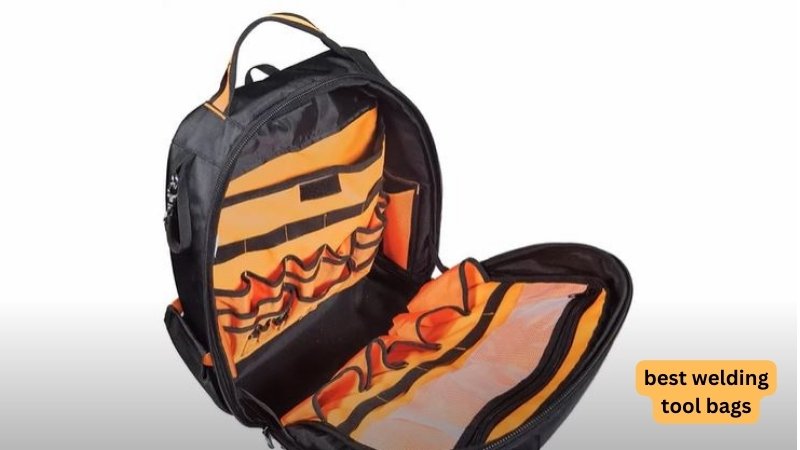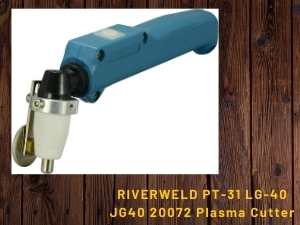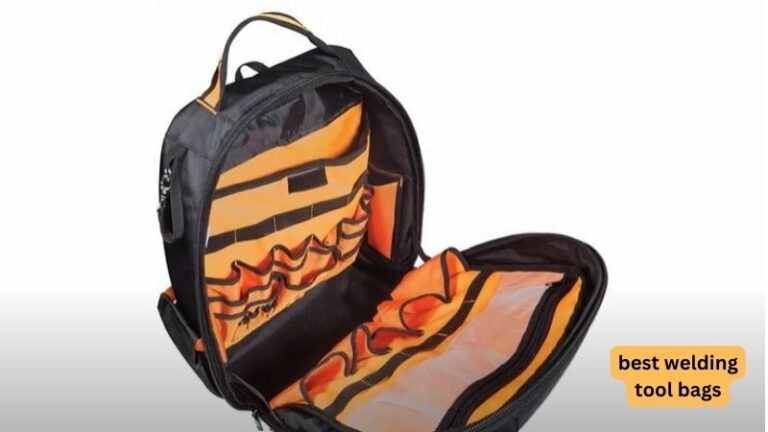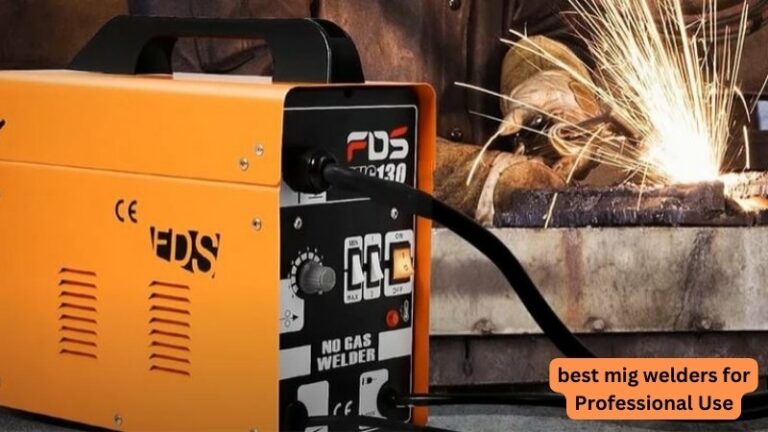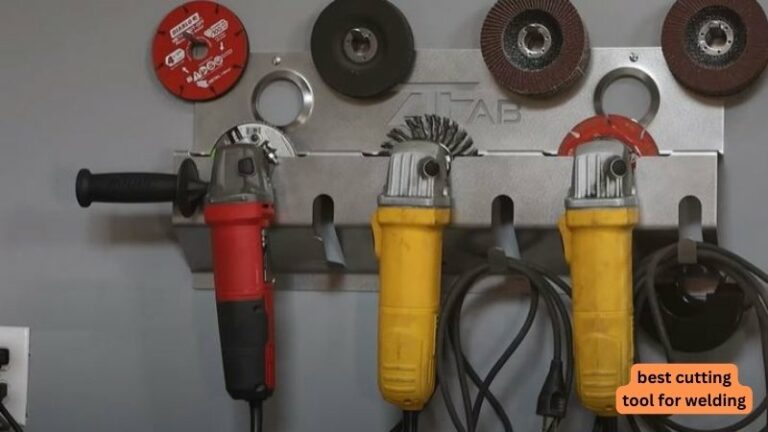pipe welding tools and accessories
Today we will discuss pipe welding tools and accessories. In the world of welding, pipe welding holds significant importance due to its wide range of applications across various industries. To ensure successful pipe welding, it is crucial to have the right tools and accessories at your disposal.
In this comprehensive guide, we will explore the essential pipe welding tools and accessories, their functions, and how they contribute to achieving high-quality welds. Whether you’re a professional welder or a DIY enthusiast, this article will provide valuable insights to enhance your pipe welding skills.
pipe welding tools and accessories
1. Understanding Pipe Welding
Before delving into the tools and accessories, let’s grasp the fundamentals of pipe welding. Pipe welding involves joining sections of pipes to create a reliable, leak-proof connection. It is commonly used in plumbing, construction, oil and gas, and various manufacturing processes. Pipe welds must be structurally sound and capable of withstanding high-pressure environments.
2. Essential Pipe Welding Tools
To perform pipe welding effectively, you need specific tools tailored for the job. Here are some essential tools for pipe welding:
a. Welding Machine
The welding machine, often a TIG (Tungsten Inert Gas) or a MIG (Metal Inert Gas) welder, is the core tool for pipe welding. These machines generate the heat required to melt the metal and create a weld.
b. Pipe Clamps
Pipe clamps securely hold the pipes in place during welding. They ensure proper alignment, preventing movement that could result in misaligned or weak welds.
c. Pipe Cutting Tools
Pipe cutting tools, such as pipe cutters or saws, are necessary to achieve accurate and clean cuts. This ensures precise fitting and minimizes the need for excessive grinding or additional adjustments.
d. Beveling Machines
Beveling machines are employed to create the necessary beveled edges on the pipes. Beveling helps facilitate proper weld penetration, leading to stronger and more durable joints.
e. Welding Gauges
Welding gauges are used to measure weld size, joint alignment, and overall quality. These tools ensure compliance with welding standards and help in maintaining consistent weld dimensions.
3. Must-Have Pipe Welding Accessories
In addition to tools, certain accessories play a vital role in achieving optimal pipe welds. Here are some must-have pipe welding accessories:
a. Welding Helmet
A welding helmet provides essential protection for the welder’s face and eyes from harmful UV rays, sparks, and debris. Opt for helmets with auto-darkening filters for enhanced convenience and safety.
b. Welding Gloves
Welding gloves offer heat resistance and hand protection. They shield your hands from burns, sparks, and molten metal while providing the dexterity required for precise control during welding.
c. Welding Jacket and Apron
A welding jacket and apron protect your upper body and clothing from welding sparks, slag, and potential burns. Look for flame-resistant materials that provide both comfort and safety.
d. Electrodes and Filler Metals
Electrodes and filler metals are crucial consumables in pipe welding. They facilitate the bonding of metals and help create strong, durable welds. Select electrodes and filler metals compatible with the base metal being welded.
e. Pipe Purging Equipment
In applications where pipe integrity and cleanliness are critical, pipe purging equipment is essential. It ensures the removal of contaminants and prevents oxidation during the welding process, resulting in high-quality, defect-free welds.
4. Common Challenges in Pipe Welding
Pipe welding can present certain challenges. Understanding these challenges can help you overcome them effectively. Some common challenges include:
a. Pipe Fit-up
Achieving proper pipe fit-up, and ensuring precise alignment and gap dimensions, can be challenging. It requires careful measuring, cutting, and preparation to ensure accurate joint connections.
b. Weld Distortion
Weld distortion refers to the deformation of the pipe caused by heat during welding. Managing and minimizing weld distortion is crucial to maintain the structural integrity and dimensional accuracy of the pipe.
c. Weld Defects
Weld defects, such as porosity, cracks, or incomplete fusion, can compromise the quality and strength of the weld. Understanding the causes and implementing proper welding techniques and inspections can help prevent these defects.
d. Weld Discoloration and Oxidation
Excessive heat can cause discoloration and oxidation on the pipe’s surface. Implementing proper welding techniques, purging, and post-weld cleaning can help mitigate these issues, preserving the appearance and integrity of the weld.
e. Safety Considerations
Welding involves various safety hazards, such as exposure to UV radiation, fumes, and potential electrical hazards. Following proper safety protocols and using appropriate personal protective equipment (PPE) is essential to ensure the welder’s safety.
faqs for welding tools for automotive repairs:
TIG (Tungsten Inert Gas) and MIG (Metal Inert Gas) welders are commonly used for pipe welding. The choice depends on factors such as the material being welded, joint type, and specific welding requirements.
Not all welding helmets are suitable for pipe welding. Look for helmets with a clear view of the joint area, good optical clarity, and the ability to handle the welding process you’ll be using (TIG or MIG).
Proper joint preparation, controlled heat input, and strategic welding techniques such as backstepping can help minimize weld distortion. Additionally, using clamps and fixtures to hold the pipe in position during welding can help maintain alignment.
Porosity in pipe welds is often caused by contaminants, improper shielding gas, or inadequate cleaning of the joint. To prevent porosity, ensure proper cleaning, use clean filler metals, and maintain appropriate shielding gas flow.
Always wear appropriate personal protective equipment (PPE), including a welding helmet, gloves, clothing, and safety glasses. Ensure proper ventilation in the welding area and follow safety guidelines for handling electrical equipment.
Final words
Pipe welding requires a combination of skill, knowledge, and the right tools and accessories. By understanding the essential pipe welding tools, and accessories, and addressing common challenges, you can achieve superior pipe welds that meet industry standards. Invest in quality tools, practice proper techniques, and prioritize safety to excel in the art of pipe welding.
